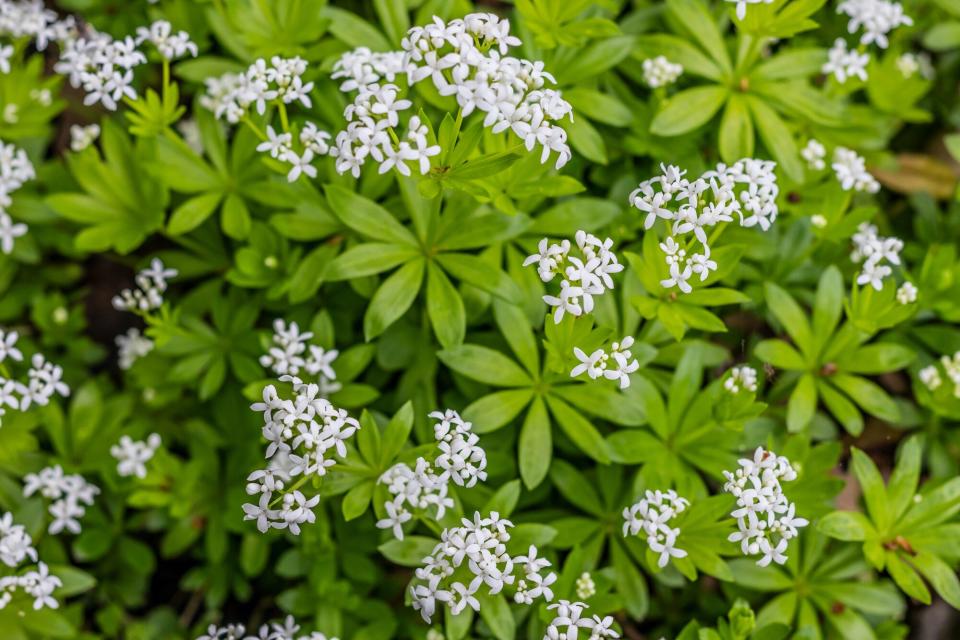How to Create a Shade Garden—No Sun Necessary
Describing the specific serenity of a garden can be as difficult as choosing a favorite flower, but Stacie Abdallah, creator of lifestyle site Stacie's Spaces, is apt to try. "There is something beautiful about watching a plant grow from a small seed into a plant that bears fruit," she says. "As a result of having a garden, I have been able to feed my family, educate my children, and share our harvest with my extended relatives and friends. The garden has also served as a place of refuge from the world. I go out there and unwind in a way that is super fulfilling and refreshing."
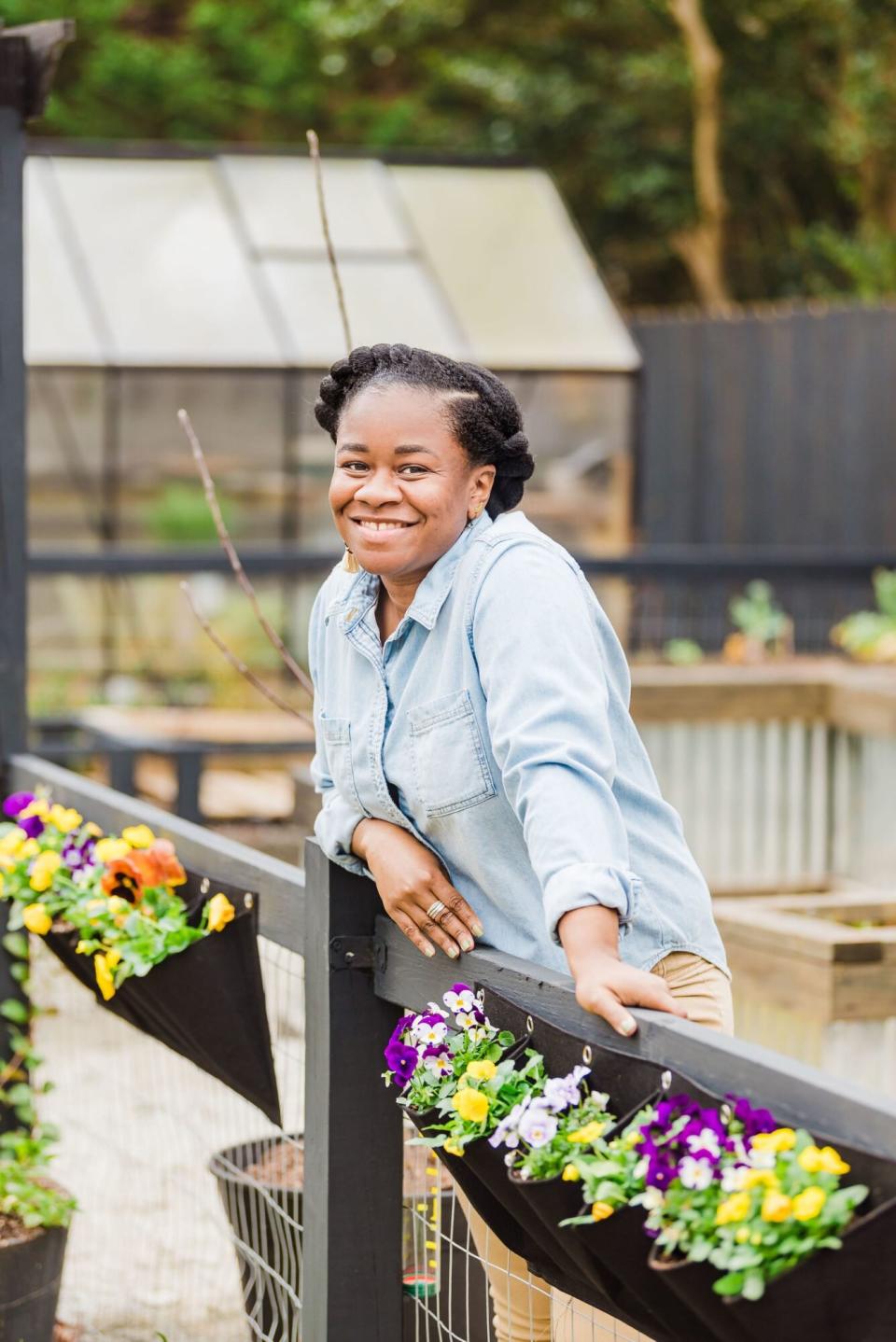
Photography by KK Horhn Photography
To get a glimpse of Abdallah's garden, with its raised beds and verdant greenhouse, is to see her passion evolve in real time. But for those who look at it and think, "Well, it's too bad my yard doesn't have nearly as much light," all is not lost. It is possible to start a garden in the shade, and Abdallah knows how. "There are so many varieties of flowers, herbs, and veggies that thrive in shady environments," she continues. "You'd be surprised at what you're able to grow."
Abdallah encourages anyone with outdoor space to make the most of it with this project, including those with less-than-ideal conditions. Here's how to start a shade garden according to her expertise, so that you can eventually describe your own reasons for loving the serenity it brings.
Know Your Zone
As eager as you might be to get your hands dirty right away, starting a garden should begin with research. Abdallah notes that healthy gardens complement the "zone" they're in, meaning that what you're able to grow depends on where you live. "If flowers and vegetables naturally grow where you live, then it will be easier to grow them in your garden," she says. Make a list of the native varieties in your region that also do well in the shade, doing your best to ignore tropical picks if you live in a colder location and vice versa.
The secondary component to this research is to figure out which type of soil you have, such as sandy, clay, or loamy. "You can test your soil in a variety of ways, but one of the most reliable ways is to take a sample to your local extension office," Abdallah adds. "There are also kits online that allow you to test your soil at home."
Decide Where Your Shade Garden Is Going
Depending on the size of your outdoor space, you'll also need to brainstorm where your shade garden is going to go before getting any seeds or starter plants involved. If you plan on digging directly into the soil, take note of where any large tree roots are located in order to avoid them. Not only are they an obstacle when planting, but they can take water away from new plants. Alternatively, if you're looking to install raised garden beds, scope out the location to make sure there's enough room. It's a good idea to draw out a rough design with stakes and flagging tape so that there are no surprises once you start putting everything in place.
Set the Scene
Abdallah is optimistic that you can create a shade garden in a weekend—all it takes is some focus and perhaps a little help. "This can definitely be done alone, but two sets of hands are always better than one," she says. She advises most novice gardeners who are interested in building their own beds to start with a four-by-eight-foot box. "If you're interested in growing food, then make sure the wood is 'food safe,' like cedar and redwood," she adds. To build a garden bed, you'll need a miter saw, a drill, and screws designated for outdoor use. Once the box is made and in its designated place, fill it with the correct soil for your region. If you're planting directly into the ground, the process is much faster: You simply need a shovel and whatever fertilizer you might be adding to the soil.
Choose the Right Plants
"I suggest that you grow things that you actually like to eat or plants that you enjoy looking at," Abdallah says. "I've grown things just for the sake of growing them before and was less invested in their success," she explains. "My favorite flower, hydrangeas, prefer shade and bloom beautifully there, and vegetables like lettuce and spinach can also do well in the shade."
Once the planting phase is complete, be sure to water and feed your plants with fertilizer consistently. As you work, you'll notice one more detail about owning a shade garden that Abdallah appreciates. "I love when the first leaves pop through the soil and watching the different phases that the garden goes through in just one season," she says. "Just go for it and have fun."
Shade Garden Ideas
Make It Lush and Leafy
Many plants that thrive in a shady spot also happen to be green and leafy—think ferns (zones 4 to 8) and hosta plants (zones 3 to 9). Both of these varieties do best in partial to full sun, but prefer soil that's fertile and full of organic matter. Ferns appreciate soil that's well-drained but moist.
If you're looking for blooming varieties for your shade garden, hosta plants have tall, slender stems that bloom with white, pink, or purple flowers in late summer. Hostas generally need at least some sun in order to bloom, but the showy leaves still look magnificent in deep shade.
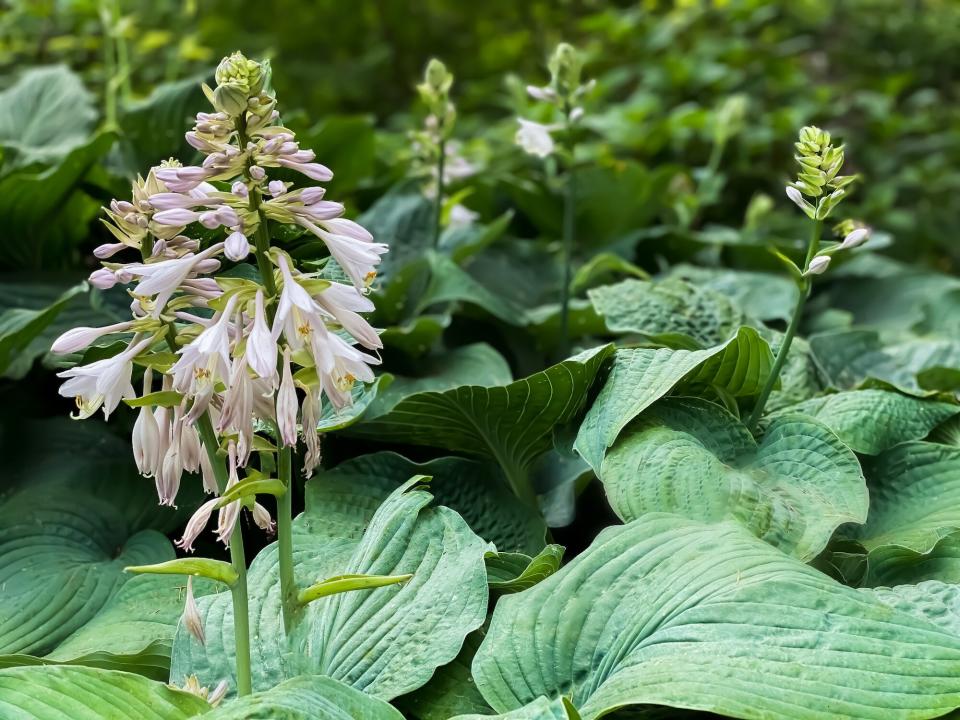
Add a Pop of Color
We tend to think of colorful, blooming plants as needing full sun (which is often the case), but certain varieties, such as astilbe (zones 4 to 9) and foxgloves (zones 4 to 10), actually enjoy some afternoon shade. If you have a spot that receives some morning light, consider these delicate flowers that lend color to the garden.
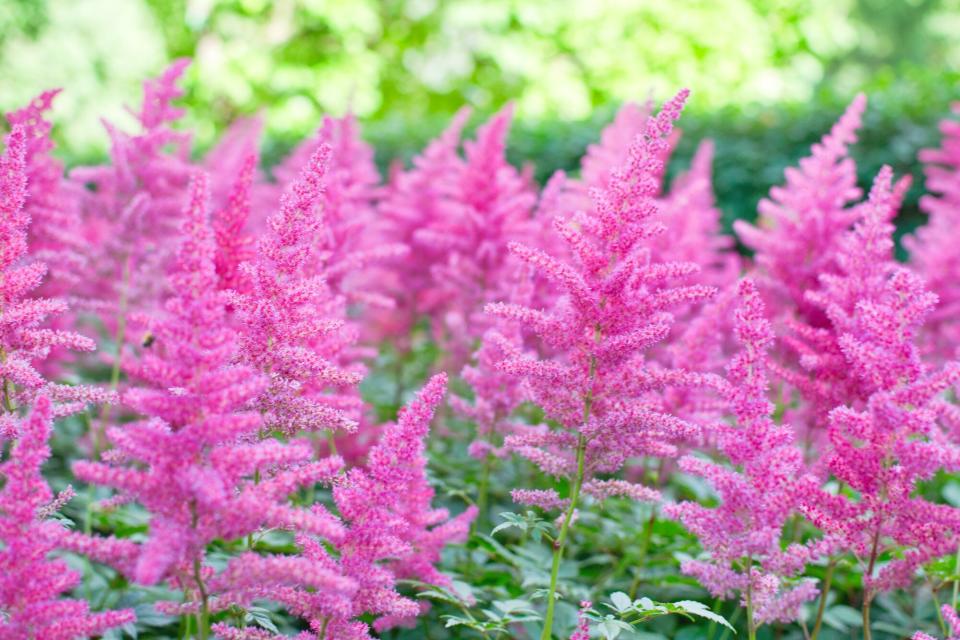
Plant Shade-Loving Veggies
Many leafy greens can be grown in a shady spot, including chard, kale, and spinach. Follow Abdallah's recommendation, above, and build a raised garden bed, so you can make sure the soil stays moist and is enriched with organic compost.
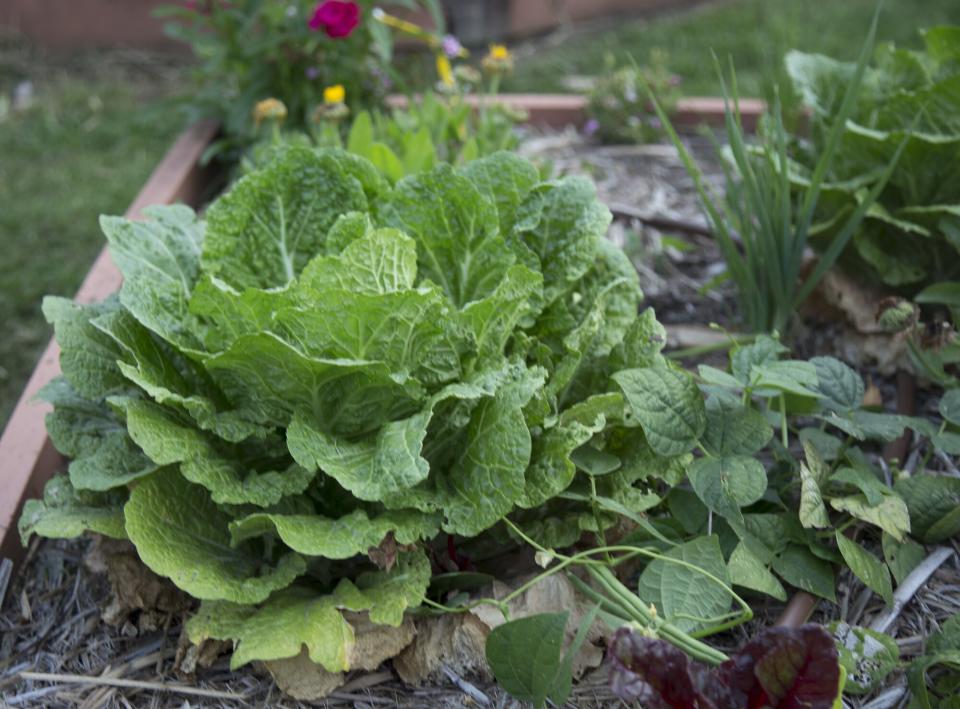
Go for Ground Cover
If you want some low-maintenance landscaping rather than a complete shade garden, ground cover is your best bet. Sweet woodruff (zones 4 to 8) will grow vigorously, filling in the shady area underneath a tree. Dotted with fragrant white flowers, this ground cover will lend your backyard a sweet aroma.
